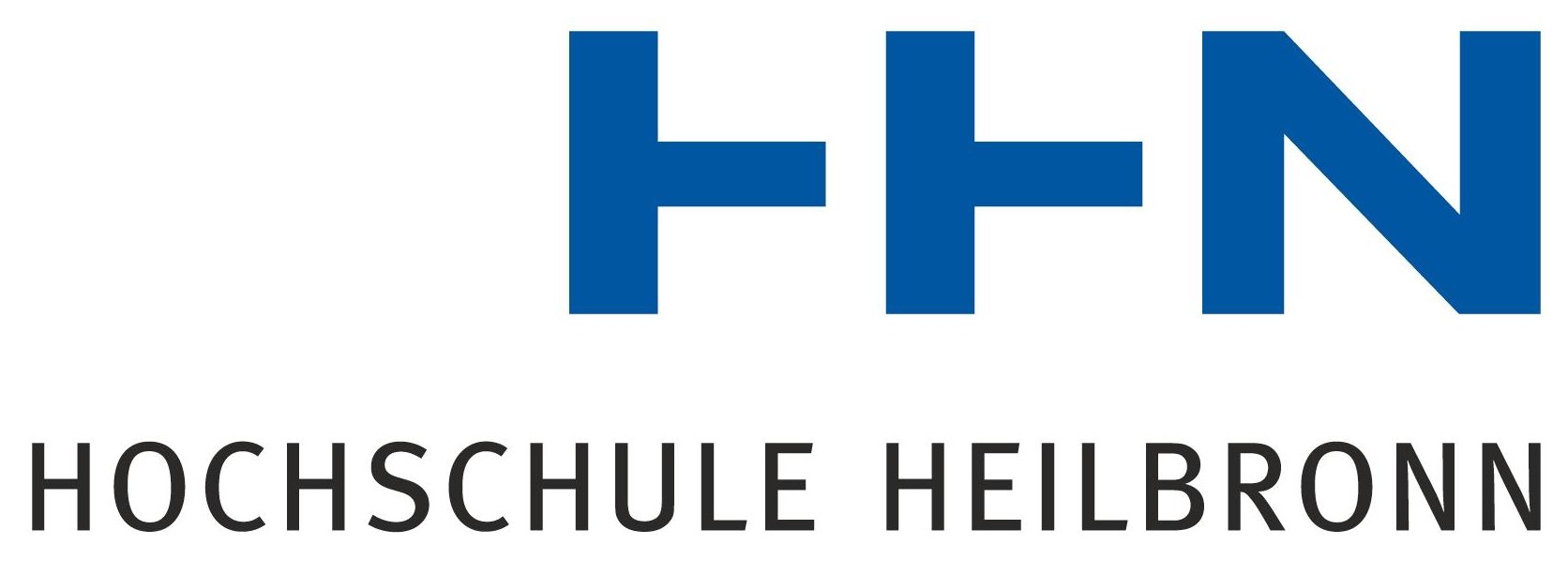Implementation of the national HIS and HIE services and their post-deployment follow-up since May 2010 in Finland
Abstract
Since the demand for healthcare system and service reforms is compelling, there seems little choice but to introduce complex information and communication technology on a large, often nationwide scale. Major restructuring of health services is rarely possible without pervasive information infrastructure.
Top-down, bottom-up and middle-out implementation approaches a briefly discussed. In Finland, a middle-out approach was applied and it combined local consultation, locally driven investment and system choice with central government support, leadership, resources and nationally agreed interoperability standards and goals. The middle-out approach worked well in case of the nationwide Kanta Services.
In 1995, the Ministry of Social Affairs and Health of Finland published a strategy for utilizing technology in the field of social welfare and healthcare in Finland. Finland’s first large-scale health information development program in healthcare and social welfare services was the Satakunta Macro Pilot regional program in Western Finland 1998–2001. It largely failed but gave opportunities to learn how to execute similar or nationwide HIS mega-projects, including health information exchange (HIE).
According to a long-term Government Resolution in April 2002, and integrated national electronic patient record system was to be introduced by the end of 2007.
Finland phased in electronic prescription with the Act on Electronic Prescription, which became effective on 1 April 2007. Together with the Act on Electronic Processing of Health Care and Social Welfare Client Data, became effective of 1 July 2007, legislation on the national Kanta Services was thus in place. Permanent legislation obliged all public healthcare providers to integrate their operations into a shared national, centralized and integrated electronic archiving system – a stipulation that also applied to private healthcare units that did not use paper-based archives.
The eHealth Roadmap – Finland was published in 2007, and it aimed to provide solutions to support electronic services for inhabitants built on top of the national architecture published in 2006.
The implementation and adoption of the nationwide Kanta Services were introduced in a step-by-step fashion. The My Kanta pages for users and Prescription Centre services for professionals were implemented and adopted first from May 2010 onwards and thereafter the Patient Data Repository services for professionals from November 2013 onwards. Public healthcare service providers implemented and adopted the Kanta Services first and thereafter private healthcare service providers. Large-scale nationwide implementation was supported by a national operative coordination unit with an appropriate legal mandate in the permanent legislation. The unit was located at the Finnish Institute for Health and Welfare (THL), an established public health institution.
It took 5.5 years to implement and adopt two large-scale nationwide HIS and a HIE covering public primary healthcare centers and pharmacies, hospitals and private healthcare providers in a country with 5.5 million inhabitants. The proportion of healthcare service providers that utilize (electronic) Prescription Centre services is 100%, whereas over 90% for the Patient Data Repository services.
In addition, there will be a discussion on system performance of the Kanta Services as followed-up by utilizing user log-based information since May 2010.
Vortragender

Vesa Jormanainen, MD, MSc
Specialist in Public Health Medicine. Senior Ministerial Advisor, Medical Affairs in the Ministry of Social Affairs and Health in Finland, University of Helsinki
Termin
Datum: Dienstag, 19. September
Uhrzeit: 09:00 – 10:00 Uhr
Ort: AULA

